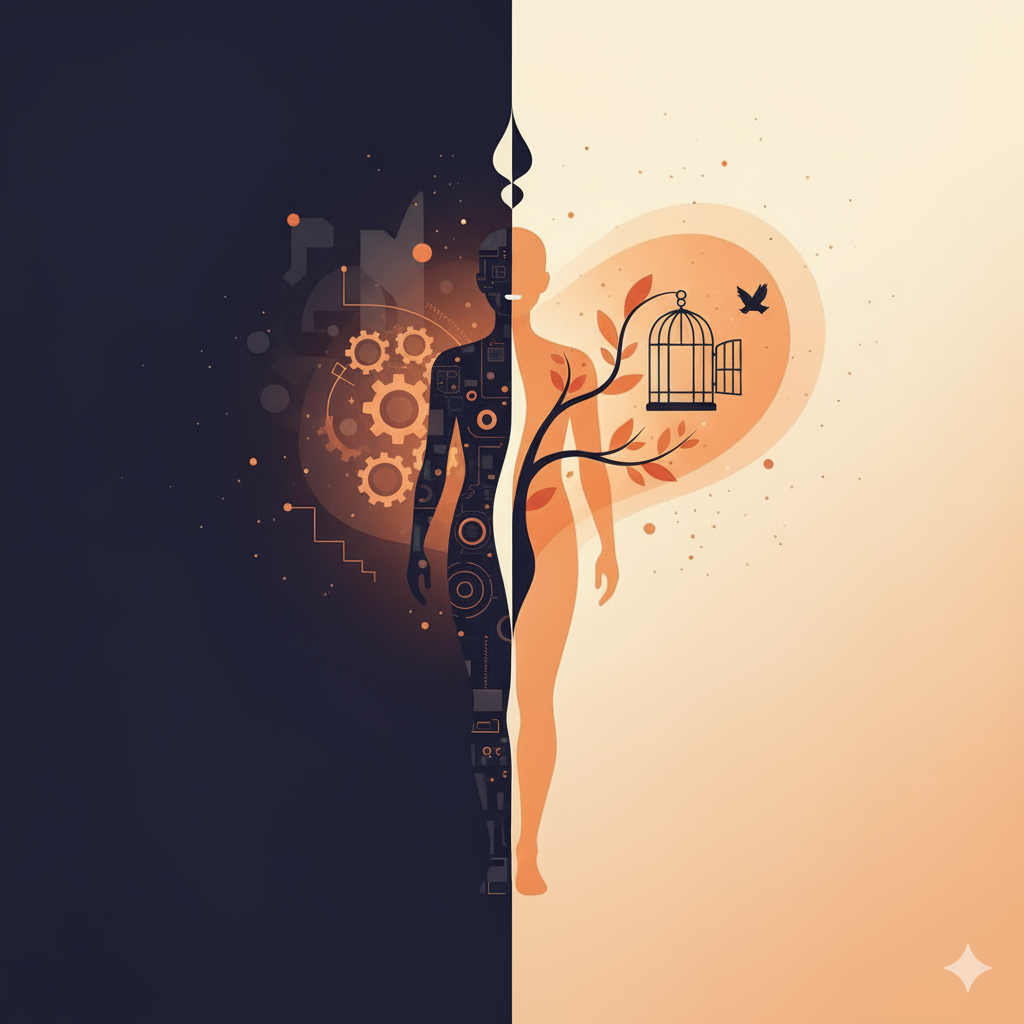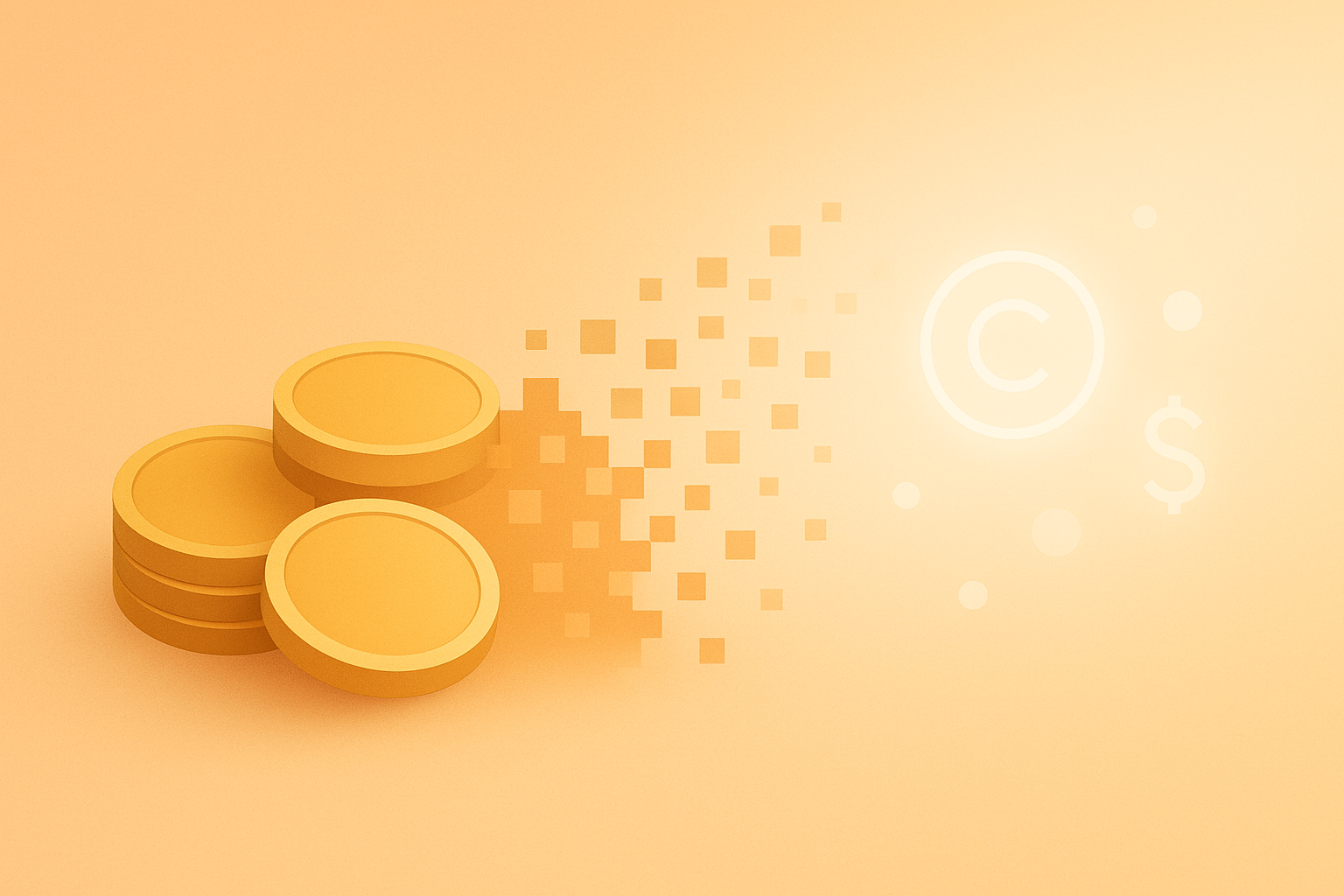The most important difference between attitude and conditioning is that conditioning is the process of learning, while an attitude is the outcome of that learning.
Conditioning is the recipe; attitude is the cake. 🎂
But beneath this simplicity lies a profound truth about human freedom: conditioning happens to us, while attitude happens through us.
🧠 What is an Attitude?
An attitude is a learned, enduring evaluation of something — a person, object, or idea.
It is how you feel, think, and act toward an “attitude object.”
Psychology often breaks it into three components — the ABC of attitude:
- Affective: How you feel — “I like spiders.”
- Behavioral: How you act — “I avoid spiders.”
- Cognitive: What you believe — “Spiders are dangerous.”
Attitude, then, is a judgment.
It is your mind’s synthesis of experience, feeling, and belief — the lens through which you interpret the world.
🔁 What is Conditioning?
Conditioning is how that lens was shaped.
It’s a learning mechanism that operates beneath awareness — an invisible sculptor.
There are two principal forms:
-
Classical Conditioning (Pavlovian):
Learning through association.
A neutral signal becomes tied to an emotional or physical response. -
Operant Conditioning (Skinnerian):
Learning through consequence.
Behaviors that bring reward are repeated; those that bring punishment are avoided.
Conditioning is process, not product.
It is the patterning of reaction — the grooves into which your mind tends to fall.
💡 The Relationship Between Them
Attitude and conditioning are not opposites but partners in sequence.
Conditioning forms attitudes; attitudes reflect conditioning.
Think of evaluative conditioning — the psychological basis of most advertising:
- You see a new soda brand. It means nothing to you.
- The ad pairs that soda with your favourite celebrity, a song you love, or a scene of laughter.
- Over time, your brain associates the soda with those good feelings.
- Without realizing it, you now like the brand.
The conditioning was the repeated pairing; the attitude is the emotional outcome.
You didn’t choose it — it was learned into you.
🧩 The Philosophical Dimension
Conditioning belongs to the realm of determinism — the idea that your environment and history script your reactions.
Attitude belongs to existentialism — the recognition that you can rewrite that script.
Between stimulus and response lies what Viktor Frankl called the space of freedom — a breath of consciousness in which you can observe your conditioning and choose your attitude.
Conditioning is gravity.
Attitude is flight.
The first anchors you to habit; the second gives you direction.
🔥 Real-World Symbolism
When someone insults you:
- Conditioning makes you flare up automatically.
- Attitude lets you breathe and reinterpret what the moment means.
When you fail:
- Conditioning whispers, “You’re not enough.”
- Attitude reframes it: “You’re learning.”
When culture defines you:
- Conditioning conforms.
- Attitude creates.
Each situation offers a small battlefield — between reflex and reflection.
🌱 The Dance Between Reflex and Awareness
Conditioning is not your enemy.
It is the soil of experience — rich, necessary, grounding.
But it becomes a cage when it rules your identity.
Attitude is how you replant meaning in that soil.
It’s the art of taking your reflex and turning it into choice.
Every time you reinterpret what your past has programmed, you reclaim authorship of your present.
🪞 The Cycle of Renewal
Even the freest attitude eventually hardens into new conditioning.
What began as conscious choice becomes unconscious habit.
This is the rhythm of human growth — awareness solidifies into reflex, and must be awakened again.
Thus, the task of life is not to escape conditioning, but to continually wake up within it.
To recognize the bell ringing, and still choose whether to salivate.
✨ Closing Reflection
Conditioning builds patterns; attitude builds meaning.
The first teaches you how to react; the second teaches you how to respond.
One belongs to the body, the other to the soul.
Attitude is the miracle that transforms programming into purpose —
the moment when what happened to you becomes what you do with it.





